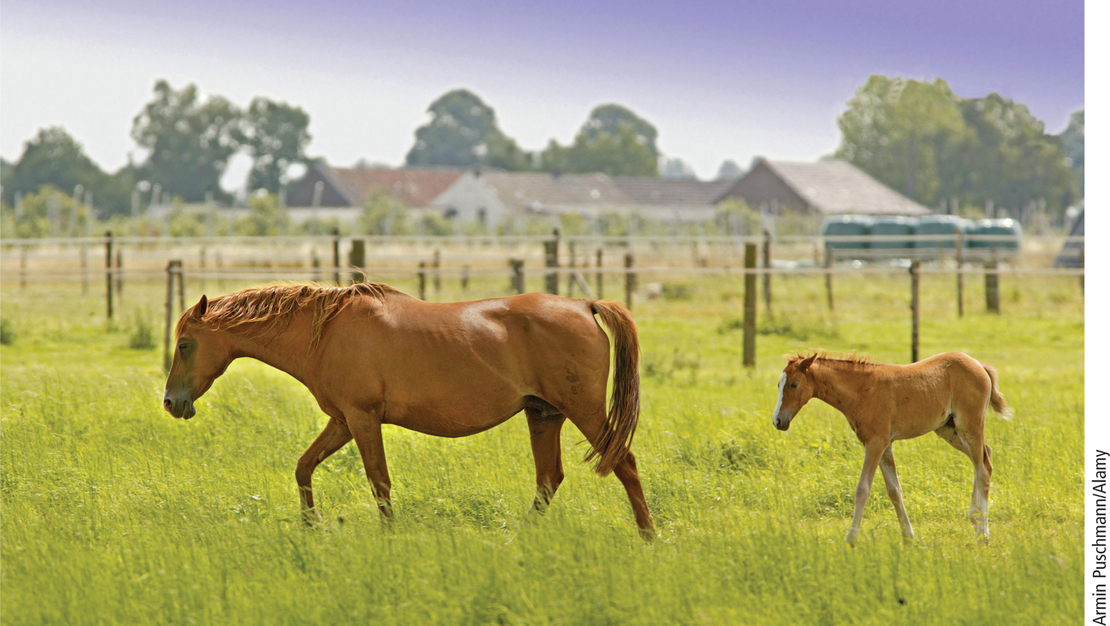18.1 Growth and Form 18

- 18.1 Geometric Similarity
- 18.2 How Much Is That in…?
- 18.3 Big Stuff
- 18.4 Dimension Tension
- 18.5 How We Grow
Films show us giant creatures, including King Kong, Godzilla, and the oliphants in The Lord of the Rings. Literature has the giant of “Jack and the Beanstalk,” the Brobdingnagians of Gulliver’s Travels, and the giants in the Battle of Hogwarts in Harry Potter and the Deathly Hallows. “Fakelore” gives us Paul Bunyan and his blue ox, Babe. Could such beings ever exist? (See Figure 18.1.)

Every species has to adapt and survive at different sizes from babyhood to mature adulthood. For example, the giant panda ranges from 1 pound (lb) at birth to 275 lb in adulthood. A baby panda could be crushed by its mother; an adult panda needs to eat a lot.
For contrast, consider the horse. A newborn foal that weighed as little as a newborn panda would be too small to keep up with the herd and could not survive. An adult horse weighs much more than a panda and has to consume far more food, but the horse can move much more quickly and cover greater distances to find sustenance.
There have been large land mammals (mammoths) and huge sea mammals (blue whales)—not to mention the dinosaurs. But the tallest humans have been only 9 to 10 feet (ft) tall, and even the biggest dinosaur, Titanosaurus, stood only 40 ft high.
What about supergiants and utterly huge monsters? That they have never existed suggests limits to size and shape. What does it mean for two objects to be similar in shape? What does enlarging an object do to its surface area and volume, and what would be the effect? How high could a mountain be, or a building, without collapsing? What would being a supergiant involve?
Using a few simple principles of geometry, we show that no objects or living beings could exist, unchanged in shape, on a vastly different scale, larger or smaller.